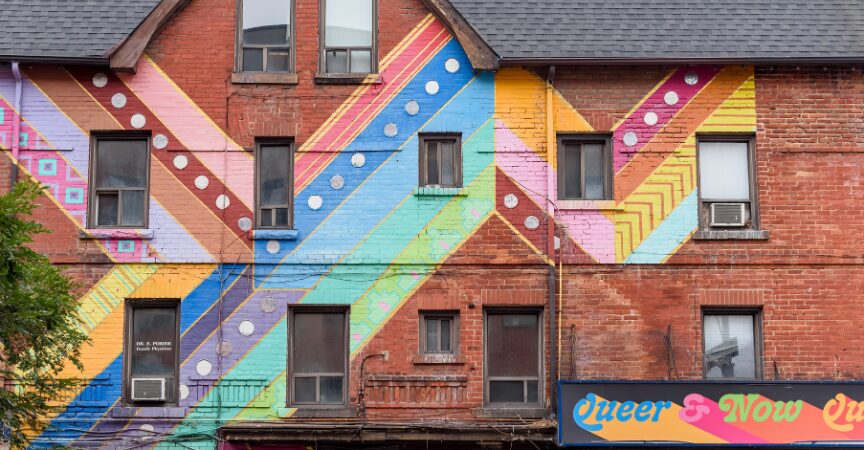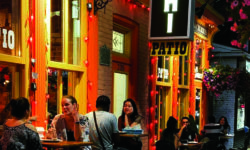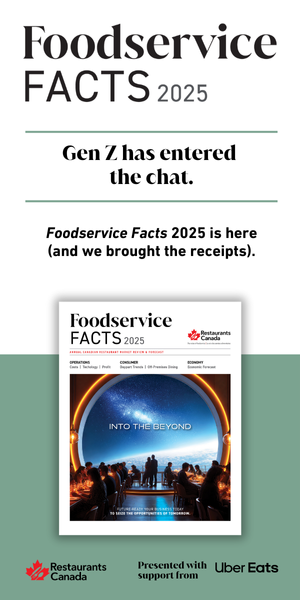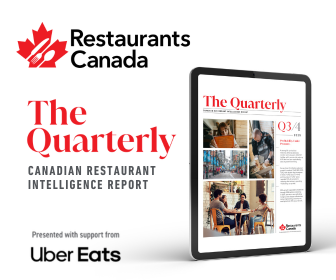A Blueprint for Belonging: Lessons from Queer Third Places for Hospitality Today
The idea of the “third place” has captivated hospitality for decades. Restaurateurs, hoteliers, and bar owners chase that elusive in-between—a space that’s not home, not work, but something softer, freer, and more human. Think of the neighbourhood bar that remembers your name, the café that welcomes laptops and late-night conversations, the hotel lounge where locals and travellers linger long after the bill is paid. Third places are meant to offer belonging, but it’s easy to mistake aesthetics for atmosphere and get caught up in a self-conscious calculus of lighting schemes, mood boards, and $30 cocktails in pursuit of nailing the perfect experience.
The concept of the third place was introduced by American urban sociologist Ray Oldenburg in his influential 1989 book The Great Good Place. Defining it as a social environment distinct from home (the first place) and work (the second place), these are spaces that provide the neutral ground necessary to encourage informality, inclusion and easy conversation—like cafés, pubs, barber shops, and bookstores—where people can gather, relax, and build community. Oldenburg was focused on mainstream civic life; however, the idea maps powerfully onto queer spaces, which have long operated as parallel social ecosystems for people left out of dominant culture.
Before “third place” became a buzzword in hospitality, queer communities had already built and furnished the model. This wasn’t a concept or trend, but a response to exclusion. Cafés, clubs, diners and dancefloors became cultural lifelines offering connection, safety and self-expression often denied by other public meeting places.
While the modern hospitality industry commonly champions connection and inclusivity—values undeniably central to the core business—it can miss the deeper truth. Some of the most emotionally resonant places grew out of survival, shaped by communities that understood what was at stake when hospitality was more than service, it was sanctuary.
For generations (and maybe forever), 2SLGBTQI+ communities have been creating third spaces, often with few resources and under conditions of active exclusion. They emerged from urgency, shaped by people who needed to create room for themselves—and for each other— with remarkable ingenuity, resilience, and style. These spaces were necessary responses to marginalization as well as expressions of culture and power, birthing social movements, elevating art and identity, and stretching and exploring the definition of “hospitality.”
Survival as Design Principle
Queer third places often took shape in the margins: underground bars, 24-hour diners, makeshift clubs, and fuggy hotels. These weren’t curated—they were improvised—and they offered what few other spaces did: autonomy, safety, and the right to exist without justification.
Compton’s Cafeteria in San Francisco, served as a refuge for trans women and drag queens in the 1960s. When police harassment escalated, it became the flashpoint for one of North America’s earliest 2SLGBTQI+ uprisings, unfolding over plastic trays and coffee-stained counters. Across the Atlantic, Chez Moune provided women-loving-women and gender-nonconforming Parisians with a rare space to gather, dance, and feel unobserved. In 1860s Montreal, Moise Tellier’s “apples and cake shop”, while certainly secretive, has the vindication of history as North America’s first established gay meeting place.
These spaces weren’t driven by lifestyle aspirations or design, but by social, cultural and political necessity.
A Radical Welcome
In many 2SLGBTQI+ third places, the job of hospitality was (and often still is) larger than service. Bartenders doubled as caretakers. Hosts maintained safety and discretion. Performers served as cultural pace setters, offering guests permission to be more fully themselves. It was intuitive and communal, offering guests invaluable selections from a whisper menu that featured affirmation, safety and belonging.
Real inclusion begins with emotional safety. That means designing environments where guests feel both seen and respected—not just tolerated or “allowed.” Accessible washrooms, diverse hiring, and inclusive language are essential, but they’re not the finish line. Hospitality, at its most powerful, allows people to arrive as they are and leave something of themselves behind.
True third places operate on a kind of quiet reciprocity. When guests feel they belong, they give something back, whether it’s energy, care, or culture. That’s what builds community.
The Power of the “Chosen Family”
While hospitality models can rely (and thrive) on transactional roles—guest and server, buyer and seller, queer third places often developed a different dynamic. Staff and guests were often part of the same community, which fostered trust and blurred the lines between host and patron, creating an operating culture that functioned more like a chosen family.
Operators today, especially those facing challenges with staff engagement or guest loyalty, have much to gain from this approach. When a team feels like it’s protecting something meaningful, not just managing workflow, it shows. Culture is something everyone owns and nurtures, so when guests are invited to contribute, and not merely consume, the relationship becomes more textured and durable. This is a foundational idea embraced by some of the best-managed companies and top employers across all sectors.
Designing Cultures of Care
Many queer spaces were explicit in who they served. Some created safe nights for trans people. Others focused on sober events, Black drag performances, or sex-positive education. That clarity created environments that felt deeply specific and, as a result, deeply safe.
It can be convenient to default to generalization in the name of mass appeal; however, welcoming everyone shouldn’t mean designing for no one in particular. Clarity improves connection and resonance because, when you know who you’re creating a space for, you can better anticipate their needs, respect their complexity, and show them that you’ve considered the details that matter.
So many of the cultural movements now folded into mainstream hospitality—disco, house music, drag brunch, the open-floorplan lounge—emerged from queer third places. Not because they were chasing cool, but because they were giving voice to experiences that had nowhere else to go.
Operators looking to create authentic, relevant environments shouldn’t ask what’s trending. They should ask what’s missing. What are guests aching for? What tensions can your space acknowledge or resolve? What forms of expression can your venue make room for?
The most powerful spaces don’t follow a brand map. They emerge by listening to the communities they serve and offering something they can’t find anywhere else.
The Blueprint
Creating a true third place starts with curiosity and intention. These questions can help guide a more thoughtful, inclusive, and lasting hospitality experience:
- Who feels comfortable here? Who doesn’t?
- What identities, behaviours, or expressions are welcomed—and which are simply tolerated?
- Does your team feel empowered to create care, not just deliver service?
- Are your events designed to impress, or to transform?
- Are you borrowing culture, or contributing to it?
The 2SLGBTQI+ community didn’t wait for a seat at the table. They built their own third spaces—then welcomed others to join, dance, gather, and grow around it. That spirit of urgency, creativity, and care remains one of hospitality’s most overlooked assets.
In a time when the industry is recalibrating its meaning, these spaces offer more than inspiration. They offer a model rooted in resilience, and that prizes culture over concept. One that reminds us that the most powerful third places are not just designed for people. They are shaped by them.









